A Reddit’s thread from 3 days ago reminded us of one of the pioneers regarding action cinematography, which is Wings from 1927. Check out one of the very first dolly shots, which was, and still is a marvelous shot and the cameras behind it.
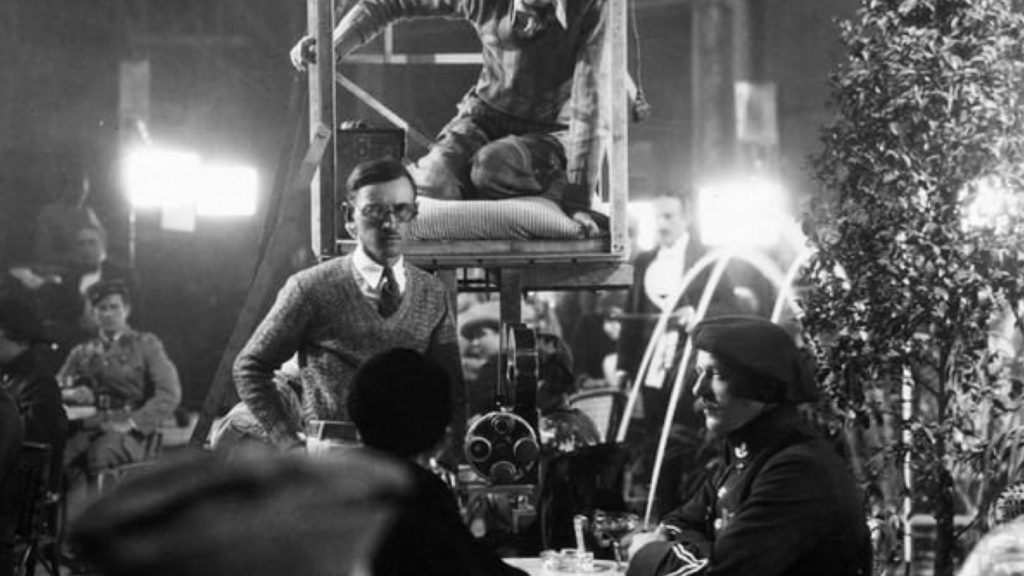
Wings (1927)
Wings is a 1927 American silent romantic action-war film set during the First World War produced by Lucien Hubbard, directed by William A. Wellman and released by Paramount Pictures. It stars Clara Bow, Charles “Buddy” Rogers, and Richard Arlen. Gary Cooper appears in a small role that helped launch his career in Hollywood. The film was shot on location on a budget of $2 million (equivalent to $28.88 million in 2019) at Kelly Field in San Antonio, Texas, between September 7, 1926, and April 7, 1927. Hundreds of extras and some 300 pilots were involved in the filming, including pilots and planes of the United States Army Air Corps which were brought in for the filming and to provide assistance and supervision. Furthermore, Wings was the very first winner of the category of Best Picture, then called “Best Production,” at the 1st Annual Academy Awards held at the Roosevelt Hotel in Hollywood, CA on May 16, 1929. The ceremony lasted all of five minutes and was broadcast on local Los Angeles radio. Watch the trailer below:
Pioneering the action cinematography
Acclaimed for its technical prowess and realism upon release, the film became the yardstick against which future aviation films were measured, mainly because of its realistic air-combat sequences. The cinematographer was Harry Perry (May 2, 1888 – February 9, 1985) who was nominated for an Academy Award at the 3rd Academy Awards for Best Cinematography for the film Hell’s Angels. Perry was one of the first aerial cinematographers. In Wings, the cameras were rigged to the plane and strapped to the engine cowling. For that matter, Perry utilized small cameras to get those incredible action shots. It pretty much reminds us of other modern plane-camera rigs implemented on Dunkirk (by Nolan and Hoyte) and in the forthcoming Top-Gun Maverick. Check out those articles to learn more: Tenet Cinematography: Be Prepare for an IMAX Masterpiece and Top Gun: Maverick – Six Sony VENICE Cameras Inside a Fighter-Jet Cockpit. It seems the Wings has set the foundation for aerial cinematography.
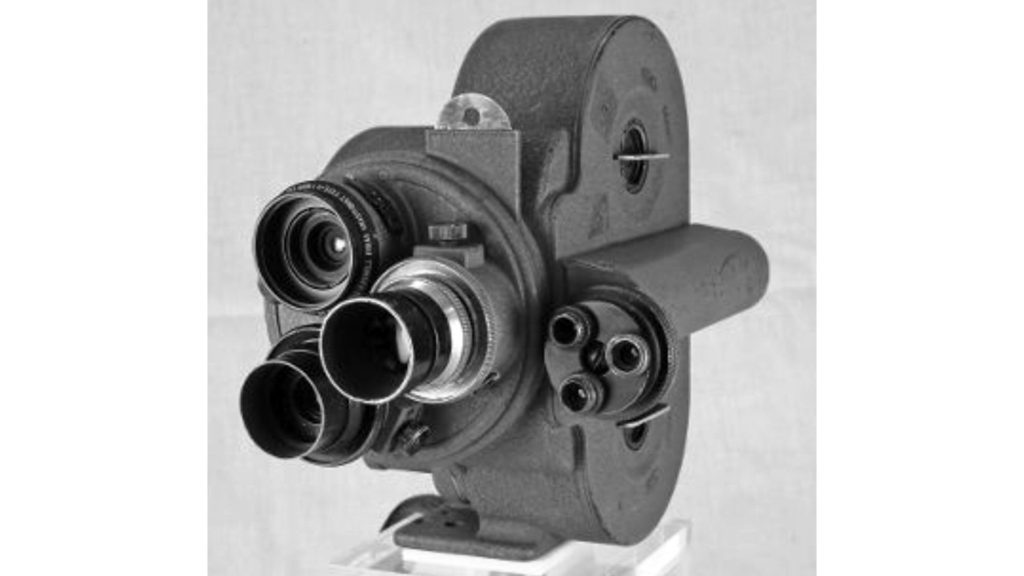
Cameras used: Eyemo and Akeley
The cameras that used to shoot Wings were Eyemo and Akeley. The Eyemo is a 35 mm motion picture film camera that was manufactured by Bell & Howell. The Akeley was a popular camera in Hollywood movies often had a call for “Akeley Shots” written right into the script. The Akeley was the first choice for aerials shots in Wings. These two cameras were compact and versatile enough to be utilized on action shots and custom made rigs.
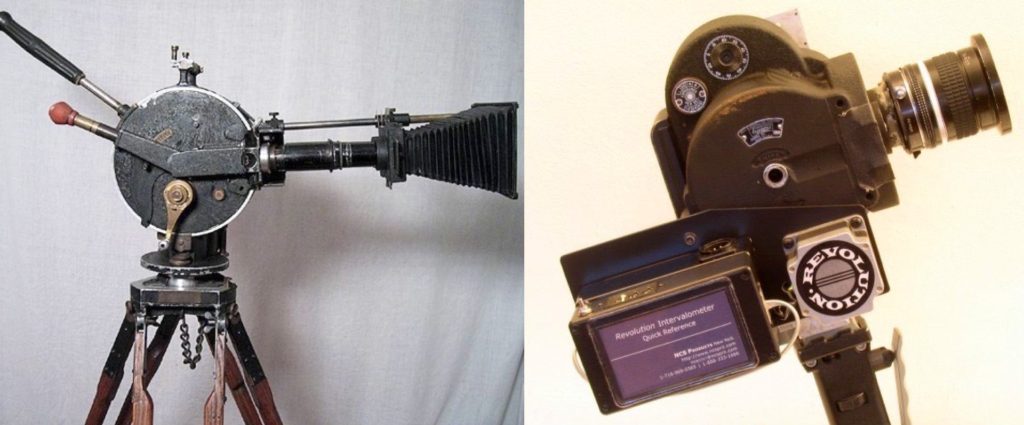
Wings have clearly established the foundations for action cinematography that are being used in modern Hollywood productions…In Wings, the cameras were rigged to the plane and strapped to the engine cowling.
The award-winning dolly shot
A Reddit’s thread from 3 days ago brought back some memories regarding one of the best dolly shots in cinema. This tracking shot of the camera passing over the series of tables and between the patrons in the night club was astonishing for the time and was a technical achievement that contributed Wings to win the Academy Award for Best Engineering Effects. The shot continued to inspire generations of cinematographers that implemented this camera kinetic in movies like The Last Jedi and more. Explore the video below which demonstrates the shot and how it was accomplished.
Also, check out the picture below which shows the camera rig that was used to execute the shot. We can notice the Eyemo camera rigged to an overhead crane.
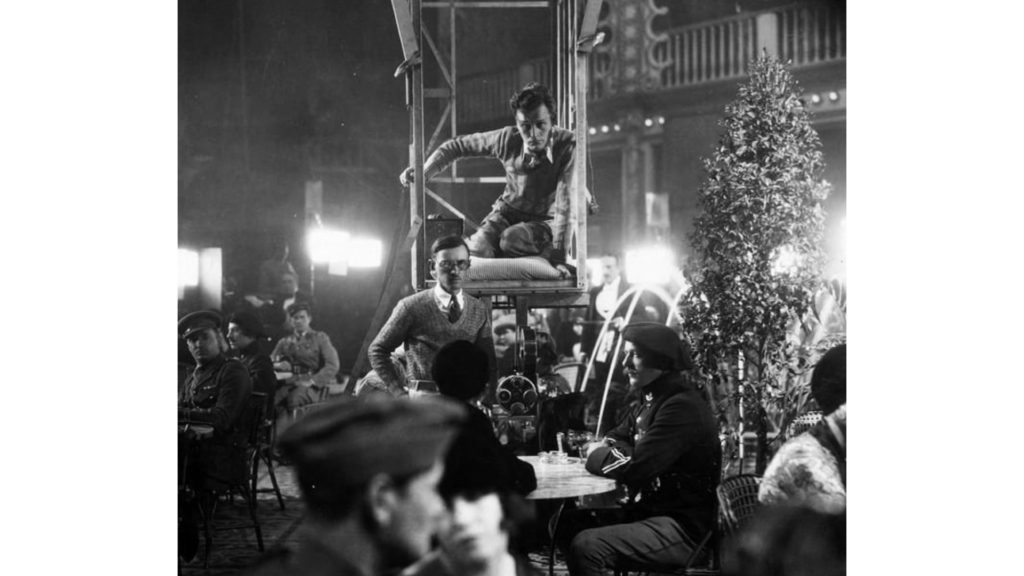
This tracking shot of the camera passing over the series of tables and between the patrons in the night club was astonishing for the time and was a technical achievement that contributed Wings to win the Academy Award for Best Engineering Effects.
Wrapping up
Wings has clearly established the bedrocks for action cinematography methods that are being used in modern Hollywood productions. Furthermore, back in those days, there were no green screens, which means all the effects were real. Imagine those insane aerial shots in a real action environment with all the risks involved. For these reasons, Wings defiantly deserves a shout-out.

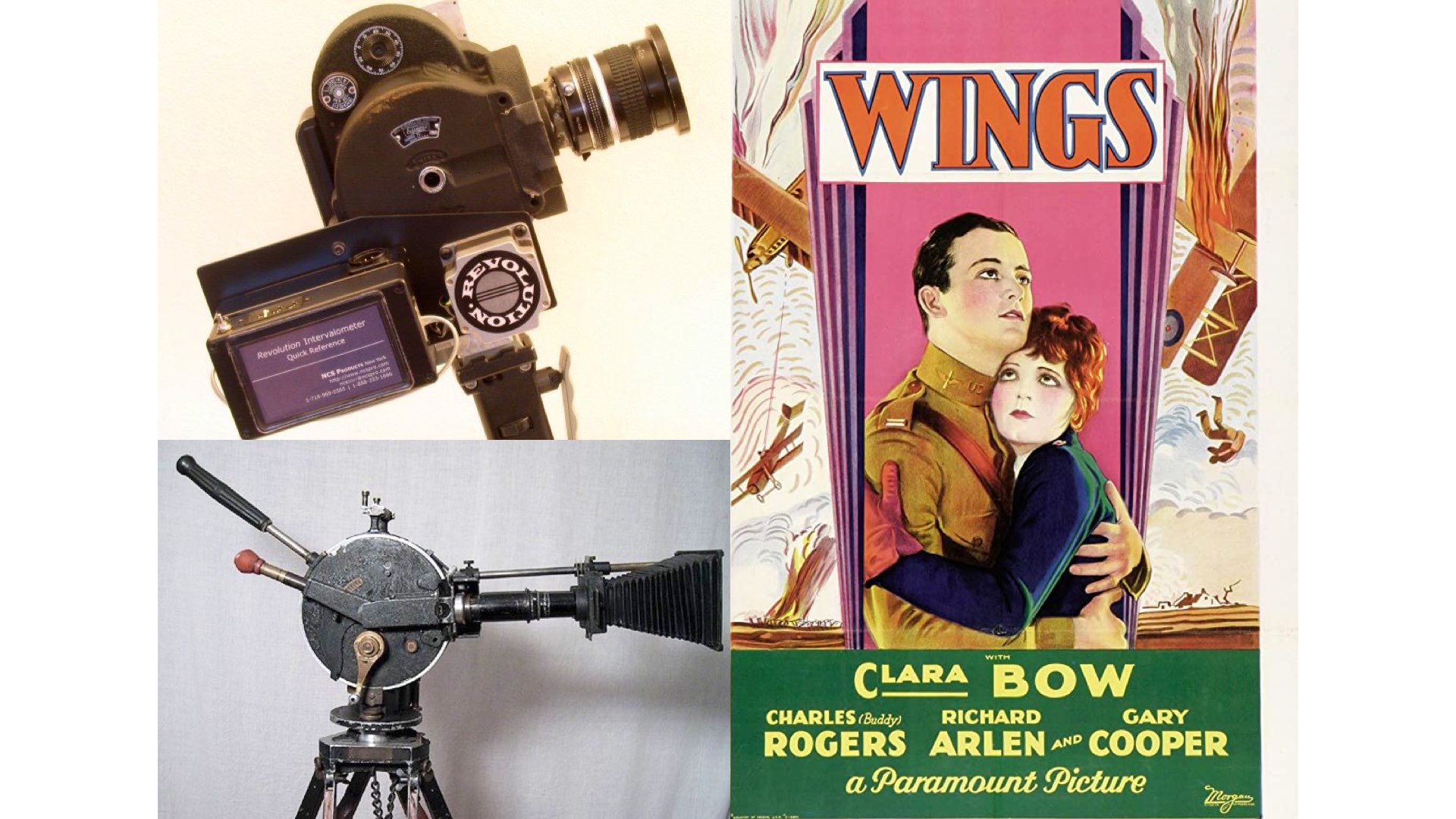

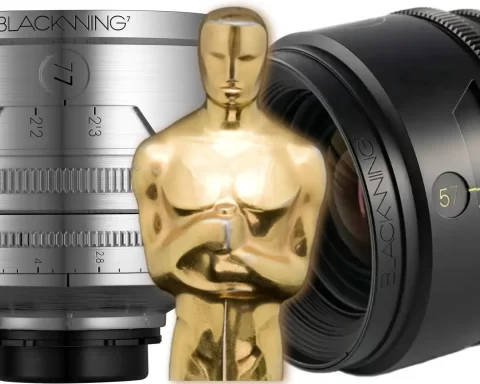
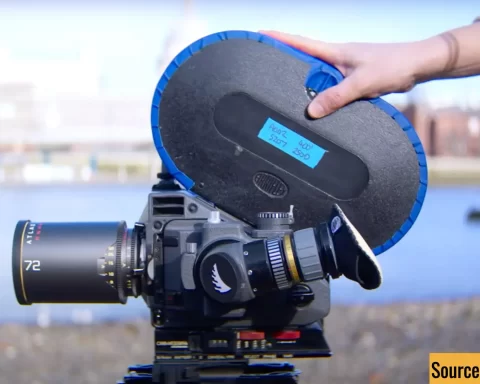

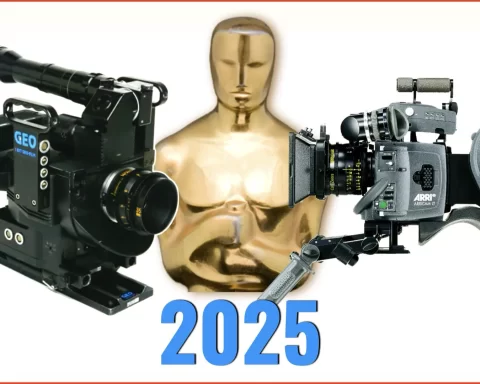
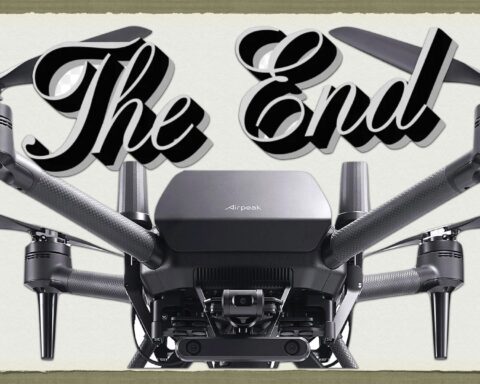

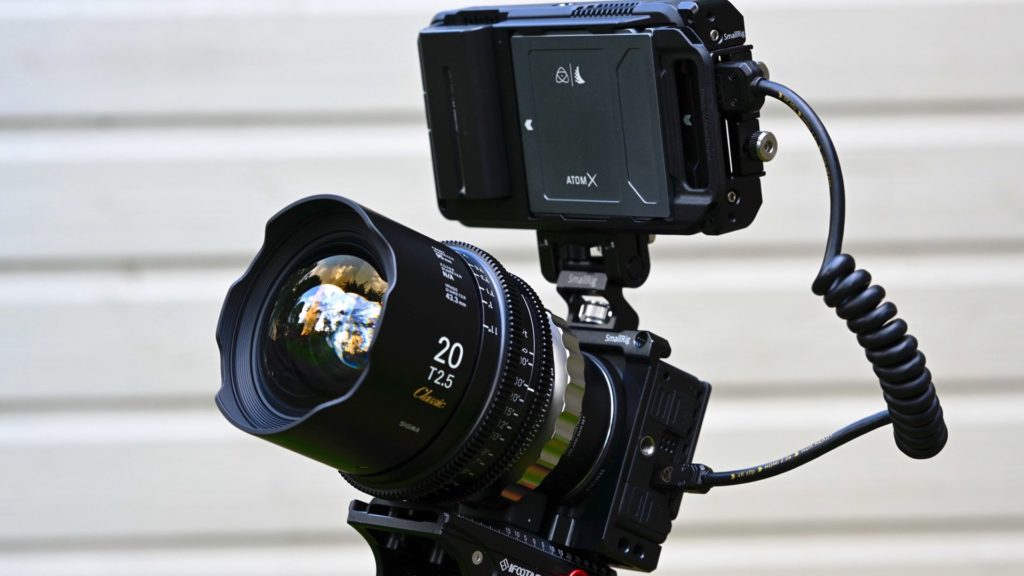
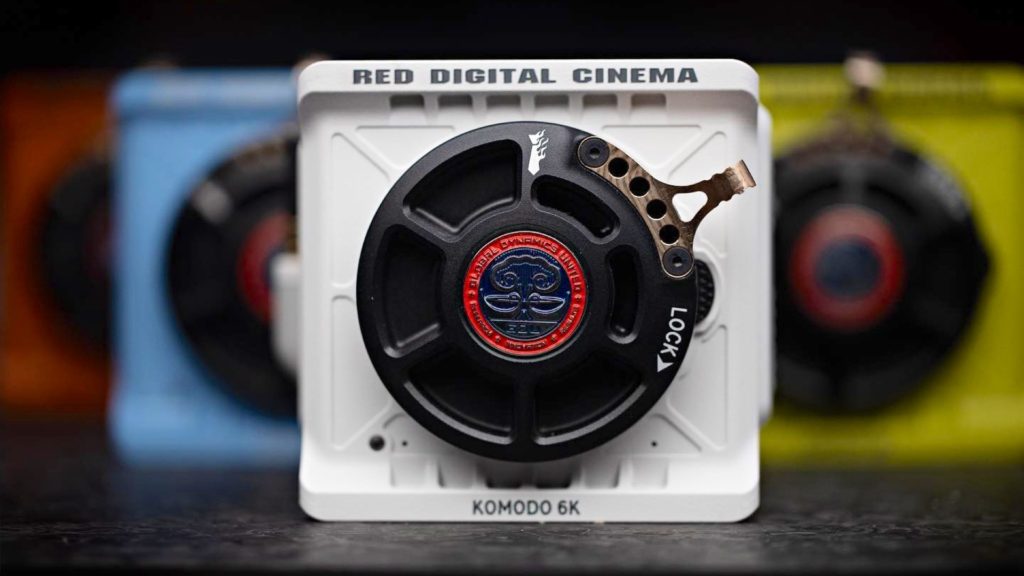




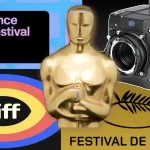
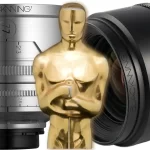
Er, actually that’s a Bell and Howell 2709 in the crane rig picture, not an Eyemo. The 2709 is the ubiquitous “Mickey Mouse” ear silhouette silent era movie camera. It has a four lens turret and a left offset magazine. You can see the 400′ magazine mounted on the top of the camera.
Akeleys and Eyemos were used for the flight shots due to their small size and compactness. The Akeleys likely in combination with the still used to this day Akeley Gyro tripod head. The majority of the conventional shots of the picture were filmed using a 2709 (as were most silent films up until the sound era, when the Mitchell became the leader because it was much quieter than the 2709).